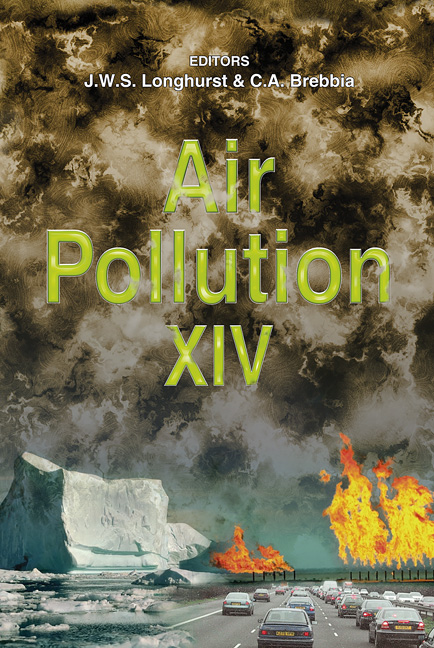Prediction Of The Next Day Maximum Ozone Concentration Using Multiple Linear And Principal Component Regressions
Price
Free (open access)
Transaction
Volume
86
Pages
9
Published
2006
Size
310 kb
Paper DOI
10.2495/AIR060111
Copyright
WIT Press
Author(s)
S. I. V. Sousa, F. G. Martins, M. C. Pereira & M. C. M. Alvim-Ferraz
Abstract
Prediction of ground-level ozone concentrations is very important due to the negative impacts of this pollutant on human health and environment. Multiple linear regression (MLR) and principal component (PCR) regression were used as statistical models for the forecasting of ozone concentrations. The aim of this study was to predict the next day maximum ozone concentration. The studies were performed considering separately the year 2002 and the respective four trimesters. A subset of the last 10 and 30 days was used, respectively, for each trimester and for the year to validate the models. The predictor variables were inferred by the analysis of the linear correlation with ozone. For that, maxima hourly values for ozone, ratio of nitrogen dioxide and nitrogen monoxide, temperature, wind velocity and the minima hourly values for carbon monoxide and relative humidity were used. The main results achieved were: i) the performance indexes obtained for validation datasets were usually higher with PCR; ii) the number of principal components considered to develop the PCR was dependent of the dataset considered; iii) the PCR is more robust than MLR because collinearity effects are accounted with the first approach; iv) PCR model is shown to be a useful tool to provide protection for the public, through the use of early warnings for the population. Keywords: ground-level ozone forecasting, multiple linear regression, principal component analysis, principal component regression.
Keywords
ground-level ozone forecasting, multiple linear regression, principal component analysis, principal component regression.





